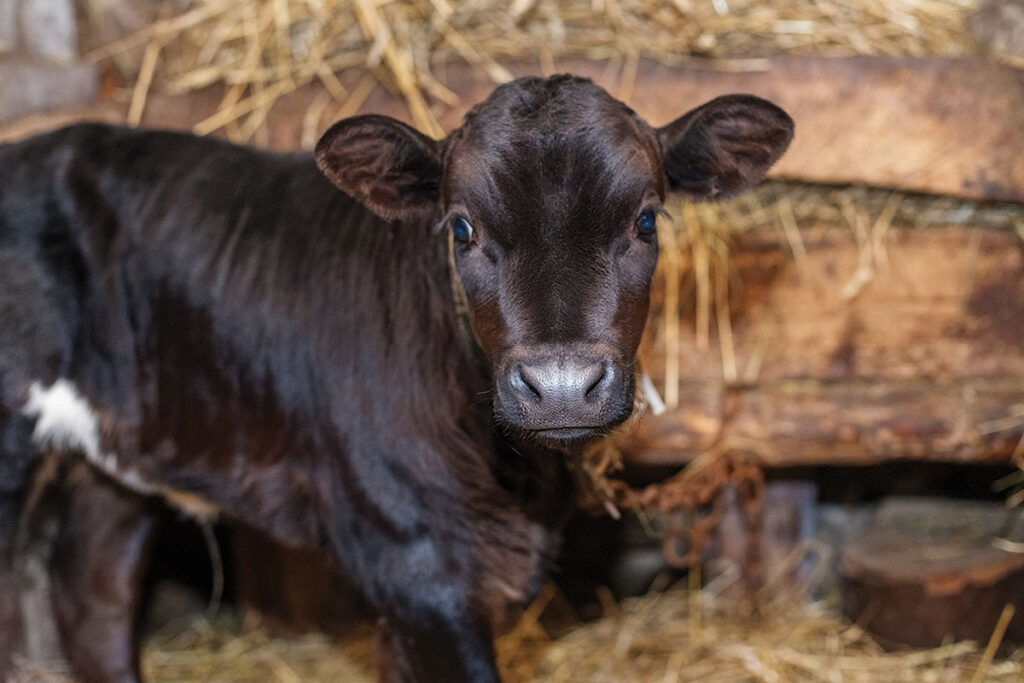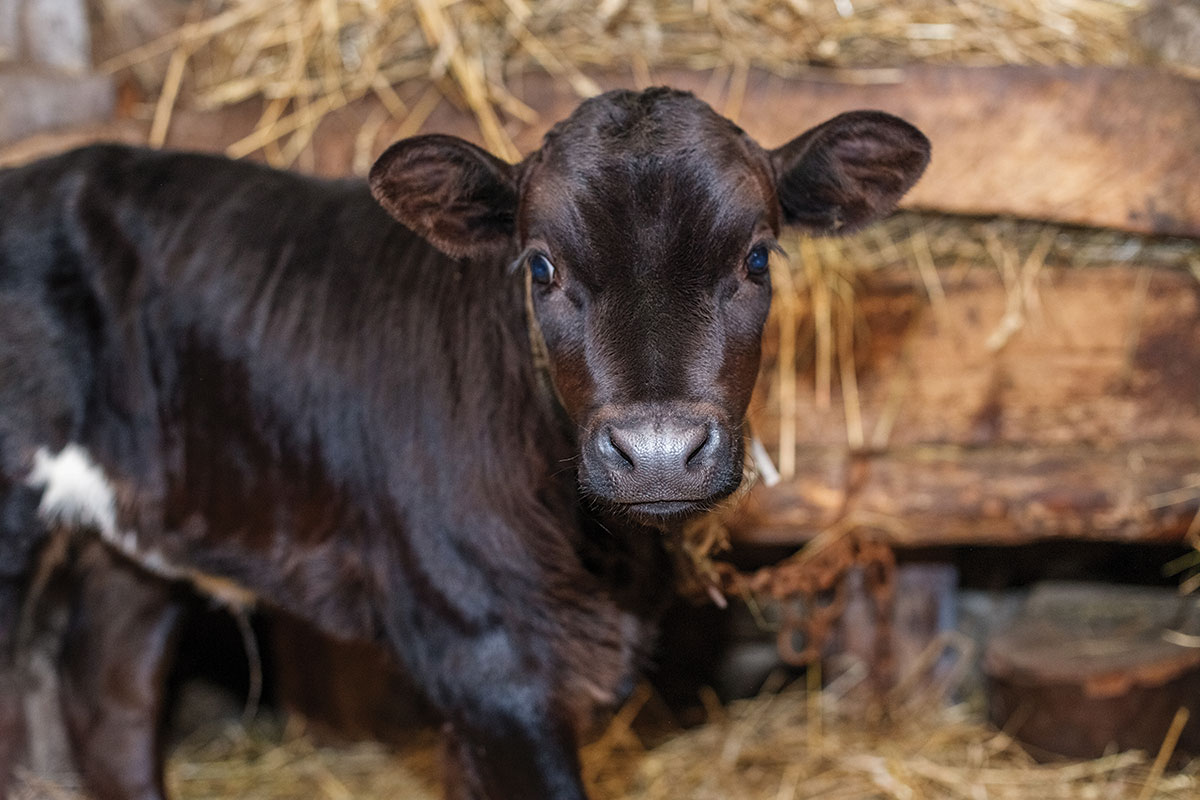
Signs a calf is struggling and what to do about it
The biggest stress during calving season may be the task of trying to ensure all calves make their way into the world alive and well. But once calves are on the ground the undertaking begins to make sure they thrive in the days ahead.
Catching a health issue before it escalates into a serious problem can make a significant difference in getting the calf back to good health as quickly as possible. Cattle extension specialists encourage producers to be keenly aware of the daily condition of their calves and prepare ahead of time for potential problems.
Signs of Sickness
There are signs to look for to help identify calves that are struggling. One of the first things for producers to be aware of is whether or not the calf is nursing. “Not nursing is a huge sign. Calves should be active, alert and nursing frequently,” Rosslyn Biggs, DVM, assistant clinical professor, director of continuing education and beef cattle extension specialist at Oklahoma State University’s College of Veterinary Medicine, said. If producers do not see the calf nurse, they should evaluate the cow’s udder to determine if nursing recently occurred.
Additionally, there are other indicators a producer can look for to assess the health of a calf. The other signs may include symptoms such as fever, hypothermia, difficulty breathing, lethargy, overall weakness, depression, diarrhea and dehydration.
Steps to Help
A key to keeping calves healthy starts right after they are born. Cattle extension specialists encourage producers to make sure calves receive colostrum in the first four to six hours of life. “Every effort should be made to encourage the calf to nurse on its own, but supplementation may be necessary in certain situations,” Dr. Biggs stated.
When purchasing colostrum, check the product to determine if it is colostrum replacer or colostrum supplement. A calf that doesn’t receive any colostrum from its momma will need the colostrum replacement product. The colostrum replacer contains more immunoglobulin than supplement products, therefore it provides more antibodies to the calf.
The type of treatment a producer should provide a sick calf depends on the animal’s clinical signs. However, in general it’s important to make sure the calf is regulating its temperature. Be sure to keep a thermometer on hand. Also, ensure the calf is adequately hydrated. Depending on the situation the calf may need intravenous or oral fluids.
Call for Help
When it comes to deciding when the assistance of a veterinarian is necessary, experts say it’s helpful to establish a veterinary-client-patient-relationship well in advance. Prior to calving season, producers should ask their veterinarian when he or she wants to see calves to intervene with additional medical support.
It’s better to call the veterinarian for help too soon, than too late. “Do not delay veterinary intervention in sick calves as they can take a turn for the worst quickly,” Dr. Biggs said.
Plan in Advance
Carve out time prior to calving season to prepare for the challenges that may be ahead. Schedule an appointment with a veterinarian to discuss treatment plans and other management practices necessary for a successful calving season. “Your veterinarian can develop written treatment protocols and recommend supplies and medications to have on hand and ways to treat before an emergency occurs,” Dr. Biggs stated.




